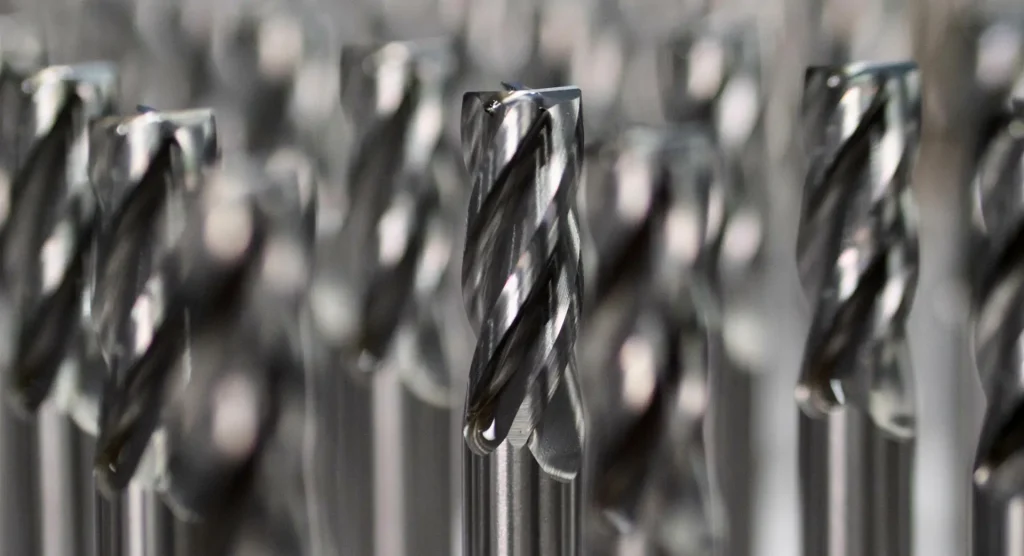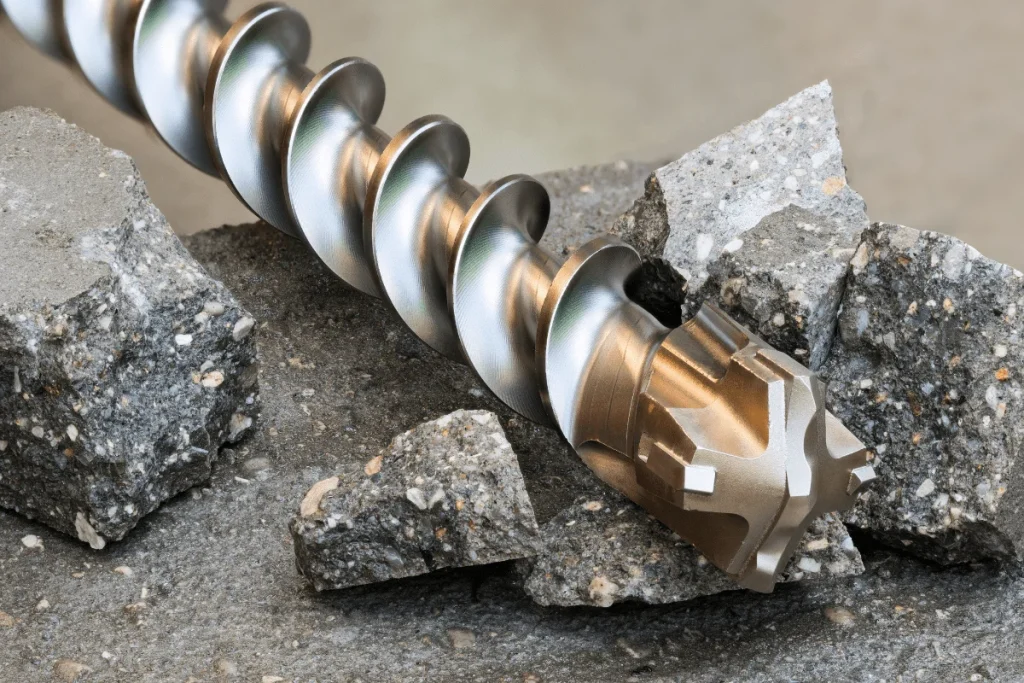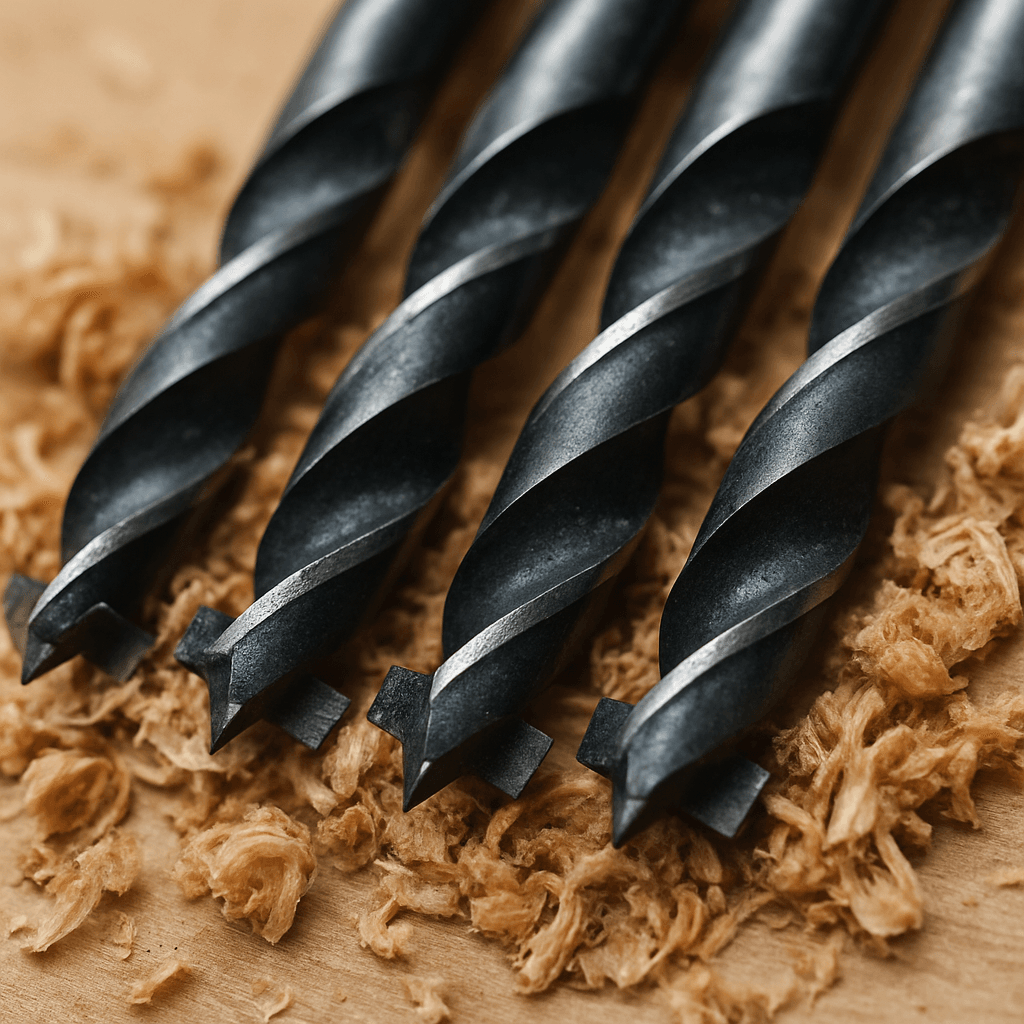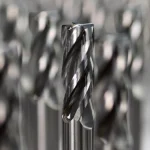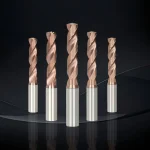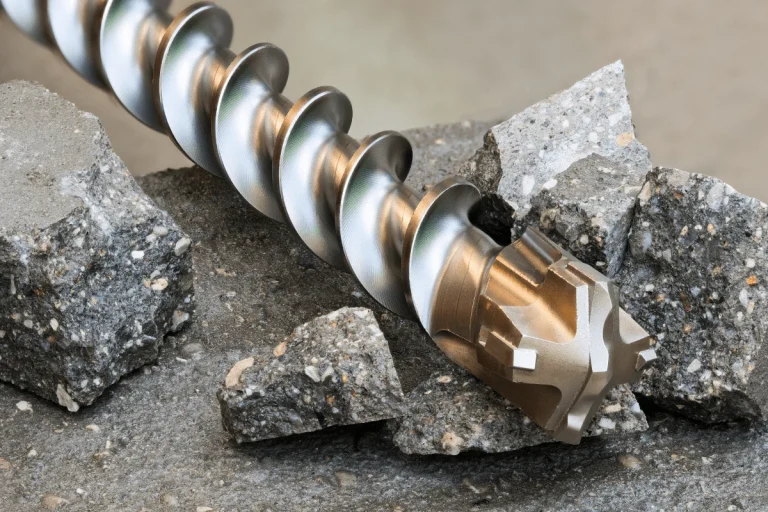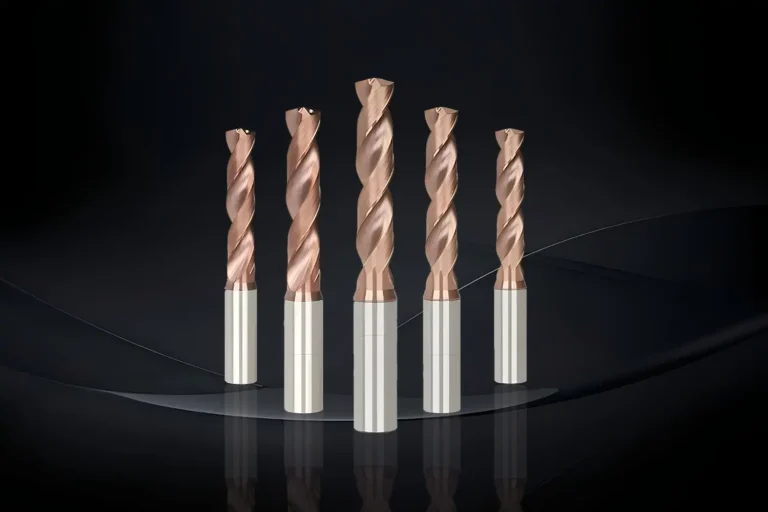When it comes to drilling holes in various materials, the shank twist drill bit is a go-to tool for many professionals and DIY enthusiasts. This essential tool stands out due to its unique design and efficient functionality. In this article, we’ll delve into the specifics of shank twist drill bits, explore different types of shanks, and discuss their components and uses.
The shank of a drill bit is the end that is inserted into the drill chuck. It’s crucial because it connects the drill bit to the tool, ensuring stability and precision during operation. There are several drill bit shank types, including:
Straight Shank
The straight shank is one of the most common types. It’s typically used for general-purpose drilling. The uniform diameter makes it easy to secure in the drill chuck, providing a stable connection for straightforward drilling tasks.
Taper Shank
A taper shank drill bit narrows towards the end, resembling a cone. This design allows it to fit into a corresponding tapered hole in the drill press or lathe, offering a secure grip. Taper shank drill bits are ideal for heavy-duty drilling in metal and other hard materials.
Hex Shank
The hex shank features a six-sided design, providing additional grip and torque. It’s commonly used in quick-change drill systems, making it easy to swap out bits without losing time.
Reduced Shank
Reduced shank drill bits have a smaller diameter shank than the cutting portion. This design allows larger drill bits to fit into smaller chucks, expanding the tool’s versatility.
What is a Twist Drill Bit?
A twist drill bit is designed to drill circular holes in various materials, such as metal, wood, and plastic. The spiral grooves or flutes on the bit’s body help remove debris and chips from the hole as you drill. This feature makes twist drill bits efficient and effective for multiple applications.
Twist Drill Bit Structure
The structure of a twist drill bit is comprised of several components, each playing a crucial role in its function:
- Shank: As mentioned earlier, the shank is the part that connects to the drill.
- Body: This is the main part of the bit, containing the cutting edges and flutes.
- Flutes: Spiral grooves that help remove debris from the hole.
- Cutting Edges: The sharp edges that do the actual cutting work.
- Point Angle: The angle at which the cutting edges converge, affecting the bit’s ability to cut through materials.
Twist Drill Function
Twist drill bits are incredibly versatile and can be used for various tasks. Their primary function is to create precise, circular holes. The design of the flutes helps to quickly remove debris, reducing the risk of clogging and overheating during drilling.
Drill Bit Components
Understanding the components of a drill bit helps in selecting the right one for your task. Here’s a breakdown of the essential parts:
The Tip
The tip of the drill bit is where the cutting action begins. Different tips are designed for various materials; for example, a split-point tip starts drilling on contact and reduces walking on hard surfaces like metal.
The Flutes
Flutes are crucial for removing chips and debris, which prevents the bit from binding in the material. The length and depth of the flutes can vary, affecting the bit’s performance.
The Web
The web is the core of the drill bit, providing strength and support to the flutes and cutting edges. A thicker web can offer more durability but may reduce the speed of drilling.
The Margin
The margin is a narrow strip on the outer edge of the drill bit that keeps the bit centered while drilling, ensuring a smooth hole.
Metal Drill Bit Design
When drilling into metal, the design of the drill bit becomes even more critical. Metal drill bits are often made from high-speed steel (HSS) or cobalt, which withstands the heat generated during drilling. The point angle and flute design are crucial for efficiently cutting through metal.
Cobalt Drill Bits
Cobalt drill bits contain a percentage of cobalt, making them more heat-resistant. They’re ideal for drilling into hard metals like stainless steel and cast iron.
Titanium-Coated Drill Bits
Titanium-coated drill bits are durable and offer a longer lifespan. The coating reduces friction and heat buildup, which is beneficial when drilling through tough materials.
Choosing the Right Drill Bit for Your Task
Selecting the appropriate drill bit depends on the material you’re working with and the type of hole you need to create. Consider the following:
- Material: Match the bit to the material, such as metal, wood, or plastic.
- Shank Type: Choose a shank that fits your drill chuck and offers the necessary stability.
- Size and Length: Ensure the bit’s size and length are suitable for the depth and diameter of the hole you need.
Tips for Effective Drilling
- Always use the right drill bit for the material to prevent damage.
- Apply consistent pressure to avoid breaking the bit.
- Use lubrication when drilling into metal to reduce heat and friction.
- Ensure the bit is sharp for clean and precise holes.
Conclusion
Understanding what a shank twist drill bit is and how it functions is essential for any drilling task. From the various shank types to the intricate design of twist drill bits, each component plays a role in achieving precise and efficient results. By selecting the right drill bit for your project, you’ll enhance your drilling capabilities and ensure successful outcomes every time.


